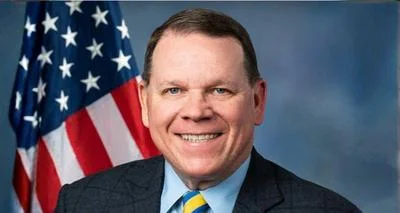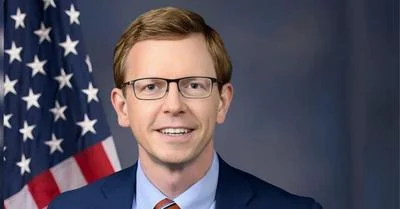WASHINGTON - A new report by the U.S. government's research division has found that key government assistance programs are not properly tracked or administered in Indian Country, reducing the effectiveness and timeliness of the programs. The report, conducted by the U.S. Government Accountability Office, looked at the Temporary Assistance for Needy Families (TANF) program administered by tribal governments, which provides assistance for child care, health care, job training and other important social welfare programs. The tribal TANF program is administered in block grants, which allows tribes the necessary flexibility to administer the programs in a culturally sensitive and community-focused manner.
The GAO found that the Department of Health and Human Services, which administers and oversees tribal TANF, has in some cases not tracked or responded to tribal TANF programs in a timely or effective manner, hindering the tribes' efforts to help their neighbors and communities and impacting the program's operational integrity.
For example, GAO found that in some cases, it has taken HHS several years to review, update and share the results of its work participation rate data review with tribes, even though these rates help tribes measure the degree to which TANF families are engaged in work activities that can lead to self-sufficiency.
"This report shows that HHS has some work to do to ensure that tribes are receiving the full benefit of these vital programs," said Rep. Ed Markey (D-Mass.), the Ranking Member of the Natural Resources Committee, who requested the report. "This is especially important as Congress is expected to consider reauthorizing TANF in the coming months."
In the TANF system, tribes receive grants from the government, then apply the funds according to their needs at the time. Tribes then report back to HHS on program status and success, expecting a response from HHS in the form of better tailored assistance. However, GAO found that HHS was not providing tribes with quarterly data reports or other information that could help the tribes better administer the program. HHS also has not effectively responded to year-end reports from the tribes. One tribe reported that they received an official response from HHS regarding their fiscal year 2009 work program participation rates two years later, in fiscal year 2011.
The TANF programs originated from the Personal Responsibility and Work Opportunity Reconciliation Act of 1996 (PRWORA), which gave tribes the option to administer their own TANF block grant programs. Tribal participation in TANF has increased, according to GAO, from 36 TANF programs in 2002 to 64 in 2010, with 11 more tribes actively pursuing starting their own programs as of April 2011.









